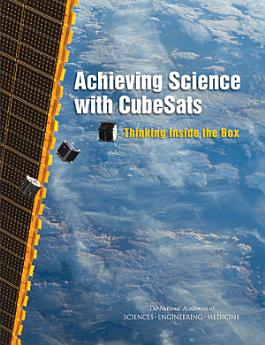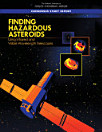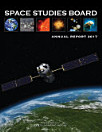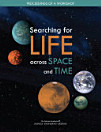Achieving Science with CubeSats: Thinking Inside the Box
About this ebook
In particular, CubeSats have caught the attention of parts of the U.S. space science community, which sees this platform, despite its inherent constraints, as a way to affordably access space and perform unique measurements of scientific value. The first science results from such CubeSats have only recently become available; however, questions remain regarding the scientific potential and technological promise of CubeSats in the future.
Achieving Science with CubeSats reviews the current state of the scientific potential and technological promise of CubeSats. This report focuses on the platform's promise to obtain high- priority science data, as defined in recent decadal surveys in astronomy and astrophysics, Earth science and applications from space, planetary science, and solar and space physics (heliophysics); the science priorities identified in the 2014 NASA Science Plan; and the potential for CubeSats to advance biology and microgravity research. It provides a list of sample science goals for CubeSats, many of which address targeted science, often in coordination with other spacecraft, or use "sacrificial," or high-risk, orbits that lead to the demise of the satellite after critical data have been collected. Other goals relate to the use of CubeSats as constellations or swarms deploying tens to hundreds of CubeSats that function as one distributed array of measurements.






